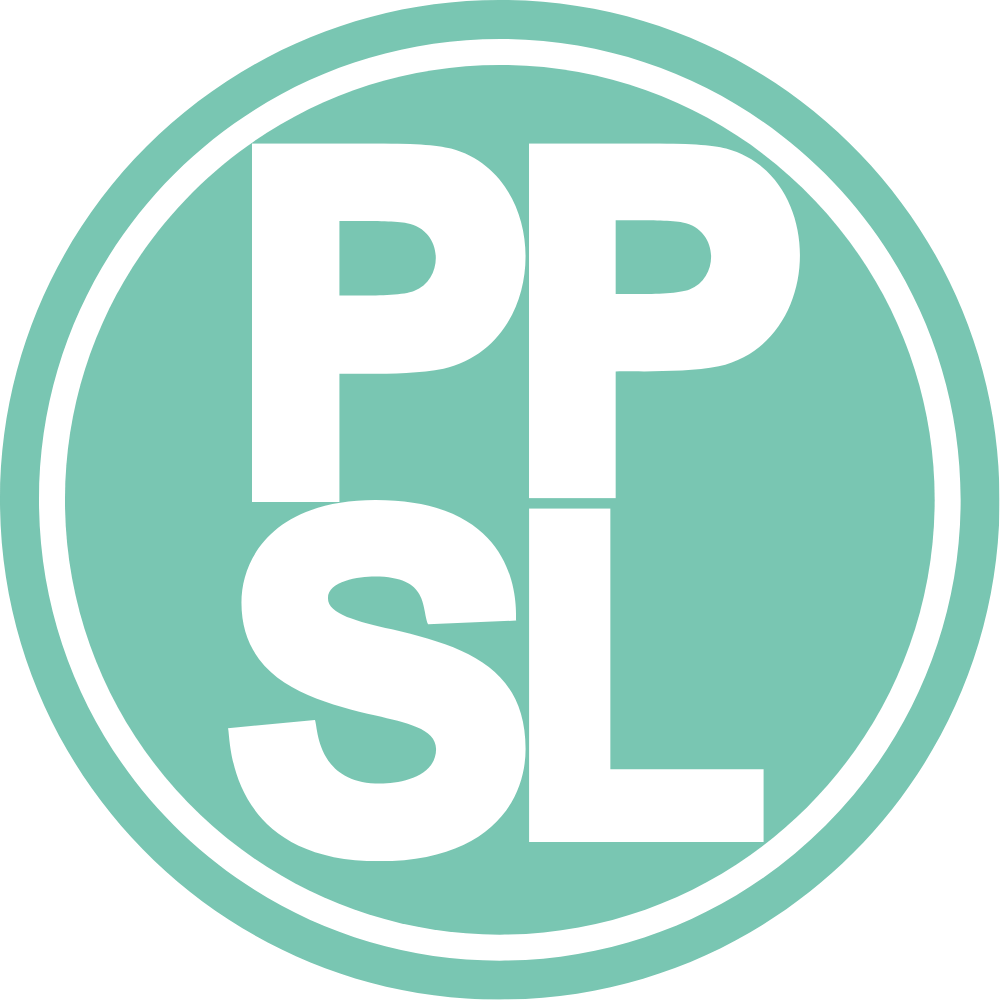“Life-changing impact” of relief in Sweet v. Cardona
If you’ve been following the landmark borrower defense settlement in Sweet v. Cardona, you know just how long the road to justice has been. For over 290,000 student borrowers, the journey to relief has spanned several years, with countless hurdles to overcome along the way.
A student-driven case
When this lawsuit was filed in 2019, borrowers already had been waiting years for a response to their borrower defense applications from the Department of Education. Then-Secretary DeVos was sitting on hundreds of thousands of claims and refusing to adjudicate any of them, denying borrowers their right to a fair decision. As part of their motion for class certification, borrowers submitted over 900 affidavits describing the harm the Department’s inaction had caused them and their families.
After a year fighting it out in court, students reached a preliminary settlement agreement with the Department of Education in the spring of 2020. However, Secretary DeVos and ED failed to act in good faith. Instead of deciding the merits of the applications, the Department sent out tens of thousands of blanket denials of borrower defense claims – denying over 94% of the applications it adjudicated.
In response, the Court held a historic hearing on Zoom that was attended by over 500 student borrowers. During the hearing, fourteen borrowers spoke directly to Judge Alsup and shared their deeply personal and moving stories about the impact of the Department’s delay and bad faith actions.
Judge Alsup later called the Department’s borrower defense process “disturbingly Kafkaesque” and issued a decision rejecting the proposed settlement and ordering discovery, allowing lawyers for the student borrowers to obtain documents and to depose Department officials, including Secretary DeVos – although this last portion of the order was later overruled by the court of appeals.
Through the discovery process, this lawsuit exposed just how deeply broken the entire borrower defense system had become and the maliciousness behind Secretary DeVos’s directives to deny relief and violate borrowers’ rights at every turn.
The road to relief
Finally, almost three years after the lawsuit was filed and under a new administration, a second proposed settlement was reached between students and the Department of Education. But not without yet another bump in the road.
Two weeks before the scheduled hearing on preliminary approval, four schools filed motions to intervene to register their disagreement with the proposed settlement. This did not stop the Court from granting preliminary approval, and the settlement eventually won final approval on November 16, 2022.
The settlement was scheduled to go into effect after the two-month period for appeals passed. Two days before the deadline, three of those four schools filed notices of appeal and a motion to stay, attempting to block the settlement implementation – despite having no legal standing in the case.
Borrowers filed an opposition to their motion to stay, which included students sharing their stories detailing the harm further delay would cause.
Sweet, sweet victory
On Friday, February 25th, class members were finally able to celebrate their long-fought win, as Judge Alsup denied attempts by intervening schools to delay settlement relief. In his decision, Judge Alsup wrote: “Resolution of a lawsuit concerning monumental delay should not be delayed any longer by three intervenor schools who were not parties to the settlement agreement and who were not in the long, hard-fought litigation that preceded it.”
This order cleared the way for the Department of Education to begin settlement implementation — automatically canceling more than $6 billion in federal student loans for approximately 200,000 people. The settlement also promises a streamlined review of over 100,000 additional applications for relief and provides timeframes for decisions on over 200,000 applications submitted since the settlement was filed in June 2022.
After accounting for post-class applicants, this settlement will impact the lives of almost half a million people.
A “life-changing impact” for borrowers
As Judge Alsup wrote: “The relief provided by this settlement (financial and otherwise) will allow plaintiffs to breathe easier, sleep easier, repair their credit scores, take new jobs, enroll in new educational programs, finish their degrees, get married, start families, provide for their children, finance houses and vehicles, and save for retirement. It will allow them not only to move on, but to move up, elevating others in the process.”
Following the decision, the Department of Education began sending discharge notices out to class members within days. Over the last week, student borrowers have shared their reactions to receiving their email notices from the Department of Education .
While this decision delivers long-awaited relief for the vast majority of class members, the district court did stay discharges of applicants who attended a school operated by one of the three intervening entities — American National University, Everglades College, Inc., and Lincoln Educational Services, Inc. — while those entities seek a stay from the Ninth Circuit Court of Appeals. On February 27, the intervenor schools filed their new motion to stay. Plaintiffs filed their response in opposition on March 9. While that motion is pending, the relief process for class members who have loans from the intervenor schools will continue to be on hold.
This is undoubtedly a tremendous victory, with credit owed to our clients for their perseverance and dedication to justice, which never wavered in the face of so many hurdles. While the fight won’t be over until ALL class members get the relief they are owed, we’re celebrating this victory today and getting right back to work tomorrow.
